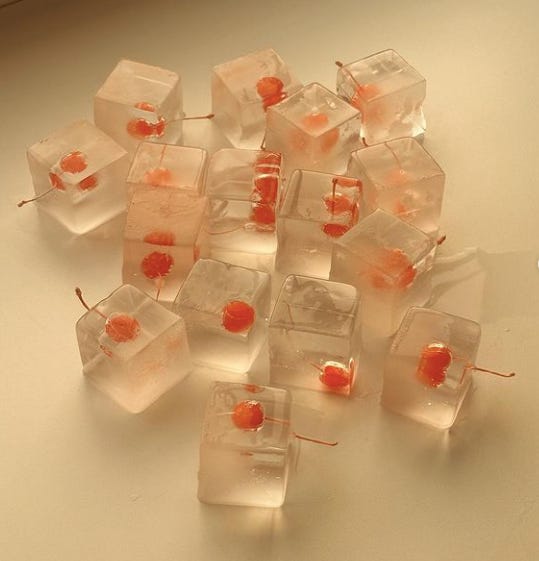Ice sculptures have always struck with me as the pinnacle of misguided glitz. Like mirror balls or blue eyeshadow or nipple tassels, there is simply no way to make them less gauche, yet they are meant to communicate fanciness. They are aesthetic excess writ large; an object that much labor and cost has been poured into, y…
Keep reading with a 7-day free trial
Subscribe to Bimbo Summit: A Pop Culture Study to keep reading this post and get 7 days of free access to the full post archives.





